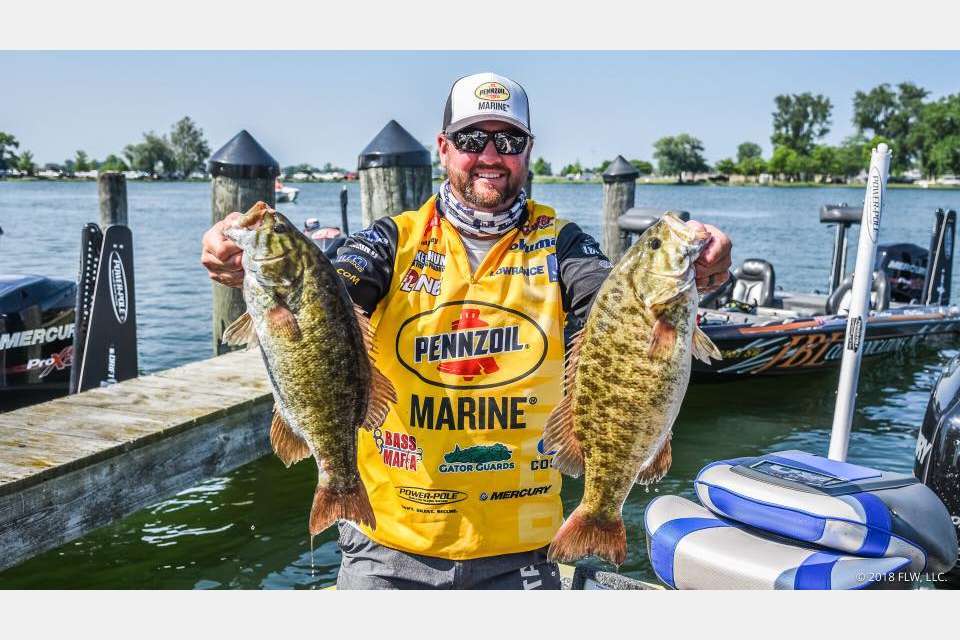
Matt Arey has always been competitive by nature. The Shelby, N.C., pro grew up focused on sports like baseball and soccer. Unlike the rest of his family, he took an interest in the outdoors and started fishing club events when he was about 14 at the small, 2,000-acre John H. Moss Lake.
There’s nothing particularly noteworthy about the venue, except that Andy Montgomery and Bryan Thrift were also competing there against Arey at a young age. It was a true proving ground, and with skills borne from competition against each other, the three emerged to become some of the most recognizable names of the new pro generation.
“When I was fishing those club tournaments, some really good older fellas in the community took me under their wings,” Arey says. “I fished as a non-boater for several years and watched The Bassmasters on TNN when Bob Cobb was the host. I saw the Bassmaster Classic as a kid and ever since it’s been a dream of mine to fish the Bassmaster Classic, and joining B.A.S.S. after more than a decade with FLW now gives me the chance to make some of those dreams a reality.”
Despite his dream to fish the Bassmaster Classic, and his growing “addiction” to competitive fishing, Arey backed off in order to attend college at North Carolina State University. He graduated in 2003 — one year before the NC State Bass Club started — and returned to tournaments by fishing regional circuits.
He turned full-time pro in 2010 when he quit his boat dealership day job in Shelby.
Although he’s from North Carolina, Arey’s perhaps most famous for his Beaver Lake dominance, evidenced by back-to-back FLW Tour wins there, plus two fifth-place finishes and a seventh. Also noteworthy is that he won the FLW Tour Championship as a co-angler in 2006, along with a trio of consecutive Costa Series top fives at Grand Lake.
Of the roughly $1 million Arey has won over the past decade, he estimates that 70 percent of it was earned by pattern fishing during the prespawn through spawn in March and April. That’s when he’s at his best — especially on three-species lakes.
Arey notes: “Some people do extremely well at some fisheries at certain times of the year. What I like about Beaver and the White River impoundments, and even Grand Lake, is they’re great pattern fisheries. Growing up in North Carolina taught me to pattern fish. On lakes like Norman or Wiley, you can go fish 40 feet deep for spots, or run up the river and crank shallow, muddy water for largemouth and everything in-between. And then you have the herring lakes, which are in a family of their own, and I think that’s why you get a lot of great fishermen out of North Carolina — diverse lakes produce diverse anglers.”
And he firmly believes that the smaller Elite Series field will offer even more potential to pattern fish.
“That’s definitely one of the main reasons I moved to B.A.S.S. and the Elite Series — more room to pattern fish. I really love fishing the moment and factoring in everything from the weather forecast, water clarity, wind and figuring out the pattern within the pattern, and trying to replicate that across the lake. Patterns can change every 30 minutes, so sometimes it can be more about figuring out the pattern within the moment, and understanding how you can stay up to date over four days of competition. It’s about recognizing and maximizing the information from every bite you get, and having the confidence to run it.”
